Single cell analysis of M. tuberculosis phenotype and macrophage lineages in the infected lung
- PMID: 34292313
- PMCID: PMC8302446
- DOI: 10.1084/jem.20210615
Single cell analysis of M. tuberculosis phenotype and macrophage lineages in the infected lung
Abstract
In this study, we detail a novel approach that combines bacterial fitness fluorescent reporter strains with scRNA-seq to simultaneously acquire the host transcriptome, surface marker expression, and bacterial phenotype for each infected cell. This approach facilitates the dissection of the functional heterogeneity of M. tuberculosis-infected alveolar (AMs) and interstitial macrophages (IMs) in vivo. We identify clusters of pro-inflammatory AMs associated with stressed bacteria, in addition to three different populations of IMs with heterogeneous bacterial phenotypes. Finally, we show that the main macrophage populations in the lung are epigenetically constrained in their response to infection, while inter-species comparison reveals that most AMs subsets are conserved between mice and humans. This conceptual approach is readily transferable to other infectious disease agents with the potential for an increased understanding of the roles that different host cell populations play during the course of an infection.
© 2021 Pisu et al.
Conflict of interest statement
Disclosures: The authors declare no competing interests exist.
Figures

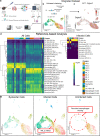
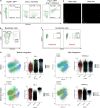

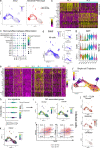

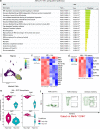
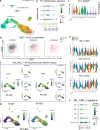

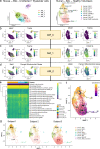
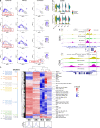
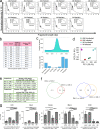
References
-
- Amaral, E.P., Costa D.L., Namasivayam S., Riteau N., Kamenyeva O., Mittereder L., Mayer-Barber K.D., Andrade B.B., and Sher A.. 2019. A major role for ferroptosis in Mycobacterium tuberculosis-induced cell death and tissue necrosis. J. Exp. Med. 216:556–570. 10.1084/jem.20181776 - DOI - PMC - PubMed
-
- Angelidis, I., Simon L.M., Fernandez I.E., Strunz M., Mayr C.H., Greiffo F.R., Tsitsiridis G., Ansari M., Graf E., Strom T.-M., et al. . 2019. An atlas of the aging lung mapped by single cell transcriptomics and deep tissue proteomics. Nat. Commun. 10:963. 10.1038/s41467-019-08831-9 - DOI - PMC - PubMed
Publication types
MeSH terms
Substances
Grants and funding
LinkOut - more resources
Full Text Sources
Other Literature Sources
Molecular Biology Databases

